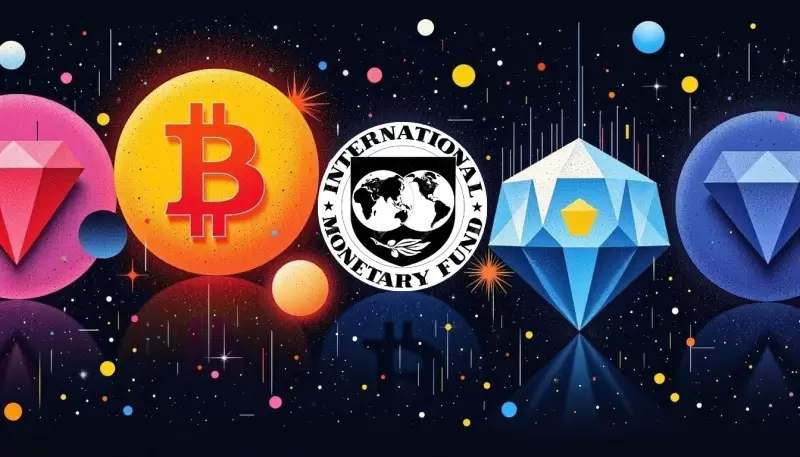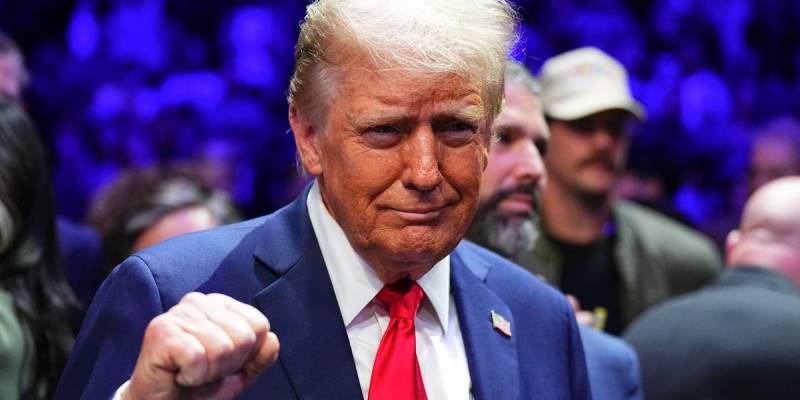 |
|
 |
|
 |
|
 |
|
 |
|
 |
|
 |
|
 |
|
 |
|
 |
|
 |
|
 |
|
 |
|
 |
|
 |
|
Cryptocurrency News Articles
IMF acknowledges Bitcoin as a capital asset in its BPM7, not “digital gold.”
Mar 25, 2025 at 05:16 am
Still, they presented a number of classifications crucial for the crypto industry and its unified tracking in the international financial system.

The International Monetary Fund (IMF) has acknowledged Bitcoin (BTC) as a capital asset in its Balance of Payments Manual (BPM7), contrary to rumors circulating online.
Despite this recognition, the organization did not classify Bitcoin as “digital gold,” as some reports claimed.
The organization presented a number of classifications of crucial elements of the crypto industry and how they will be included in the international financial system. Not only the main cryptocurrencies like Bitcoin or stablecoins but also related operations like crypto-mining and crypto-staking have been classified.
The interim document, the final version of which is still pending, provides a lot of information, but the key aspect that the crypto industry is interested in is the classification of Bitcoin and other key cryptocurrencies and transactions with them.
Now, there is a lot of speculation in the network regarding the fact that the IMF called Bitcoin “Digital Gold,” but in fact, the official document makes no such mention. Also, it does not give information on adding Bitcoin to the SDR. Perhaps that will change, but for now, the fact remains.
Let’s move on to the actual classification of key crypto assets. Bitcoin is called crypto assets without a corresponding liability, designed to act as a means of payment or store of value, are to be classified as nonproduced non-financial assets and recorded in the capital account.
Thus, we have a situation where Bitcoin is not labeled as a financial asset or instrument (while stablecoins as financial instrument) but has economic value and is to be accounted for in cross-border transactions like land, rights, or natural resources. Perhaps this is the origin of the speculation I mentioned earlier because, at first glance, it may seem that Bitcoin is placed on the same level as gold, land, etc. But, gold stands apart and is considered a produced financial asset, and this is the fundamental difference.
Further, regarding other key cryptocurrencies like Ethereum and others, it is a bit more complicated and depends on parameters such as the presence of a known issuer and the usage scenario. For example, if Ethereum is only used for storage similar to Bitcoin, then it is categorized accordingly. But Ethereum presents a wider functionality, and in PoS-staking ETH is considered an equity-like asset, especially if there is a revenue-generating entity.
If the token grants the holder access to a platform or rights to participate in governance or economic benefits (such as staking), and there is a clear counterparty (e.g., foundation or issuing entity), then the token may be treated as an equity-type investment.
Speaking more about staking, as you have already realized, there are also new guidelines, and they are quite extensive, taking into account different options of staking, for example, directly at the validator or through the exchange. But the key provision is that income from staking is treated as investment income, i.e. dividends from shares.
Staking rewards are to be recorded as investment income in the current account, provided that the staking activity represents an investment relationship.
Also, mining, for which the SEC has recently introduced a very clear regulation, has also been categorized. The IMF also makes a distinction between protocols, and that is interesting. That is, they classify PoW as Production/Service, the income from which is a Payment for Service, and the reflection in statistics as Export/Import of Services. With PoS it is quite different, namely, it is treated as Investing/participating in the protocol (staking), the income as Investment Income, and the reporting as Investment Income.
Another clarification from one of the central regulators. Of course, this has nothing to do with institutional acceptance or policy decisions and is primarily intended to streamline data for international transparency and reporting.
But there is no need to think that this is not of fundamental importance.
Disclaimer:info@kdj.com
The information provided is not trading advice. kdj.com does not assume any responsibility for any investments made based on the information provided in this article. Cryptocurrencies are highly volatile and it is highly recommended that you invest with caution after thorough research!
If you believe that the content used on this website infringes your copyright, please contact us immediately (info@kdj.com) and we will delete it promptly.
-

-

-

-

-

-

-

-

- Brazil's data protection agency upholds its decision to restrict cryptocurrency compensation tied to the World ID project, citing user privacy concerns.
- Mar 27, 2025 at 10:35 am
- The National Data Protection Authority (ANDP) rejected a petition by World ID developer Tools For Humanity to review its ban on offering financial compensation to users who provide biometric data through iris scans
-




























































